
views
It has arrived.
Prince Harry and Meghan Markle’s docuseries made its Netflix premier on Thursday, with the release of its first three episodes. The series has six episodes in total.
The series is making waves, in the media, public and even amongst lawmakers in the UK. Conservative MP Bob Seely told UK-based news outlets that he will bring forth legislation that will strip the Duke and Duchess of Sussex of their royal titles shortly after Netflix aired a documentary featuring members of the royal family Harry and Meghan, the Guardian said in a report.
Seely said he would propose next year a short private member’s bill to amend the 1917 Titles Deprivation Act. Seely was seething as he accused Prince Harry of ‘monetising his misery for public consumption.’ Read more on this
As the controversy heats up, News18 explains what the docuseries entails and who the ‘villain’ in the story is:
The docuseries sees the Duke and Duchess of Sussex discuss everything from their love story to their decision to step down from senior royal roles two years ago.
The Oscar-nominated Liz Garbus-directed docuseries is billed as a “first-hand account of Harry and Meghan’s story, told with never before seen personal archive.” It begins by noting that interviews for the docuseries were completed by August, one month before Harry’s grandmother, Queen Elizabeth II, died.
What the Docuseries Entails:
The documentary sees Meghan and Harry talk about their love story to the events that led to them quitting their roles as senior royals.
The couple criticise the media and how it covers their relationship and the royal family. Harry describes being followed by paparazzi as a child, leading up to the death of his mother, Princess Diana, who died in a car crash in 1997 after being pursued by paparazzi in Paris. Harry also expressed concern that media pressure would scare Meghan away, as it had done with previous girlfriends.
Meghan described how meeting Harry turned her life upside down. In Toronto, she was followed by paparazzi, who she claimed were paid by neighbours to position a camera in her backyard.
Harry, who has taken over the U.K. In the past, tabloids to court spoke about the royal rota system, in which different press outlets are given access to cover the royal family, a report by Good Morning America states.
The ‘Race Element’
In the first episodes, Harry and Meghan speak out about the “race element” of their relationship’s media coverage.
Meghan grew up biracial in Los Angeles, the daughter of a white father and a Black mother. In the docuseries, she described her mother being asked by neighbours if she was the nanny and being called the N-word over a parking spot.
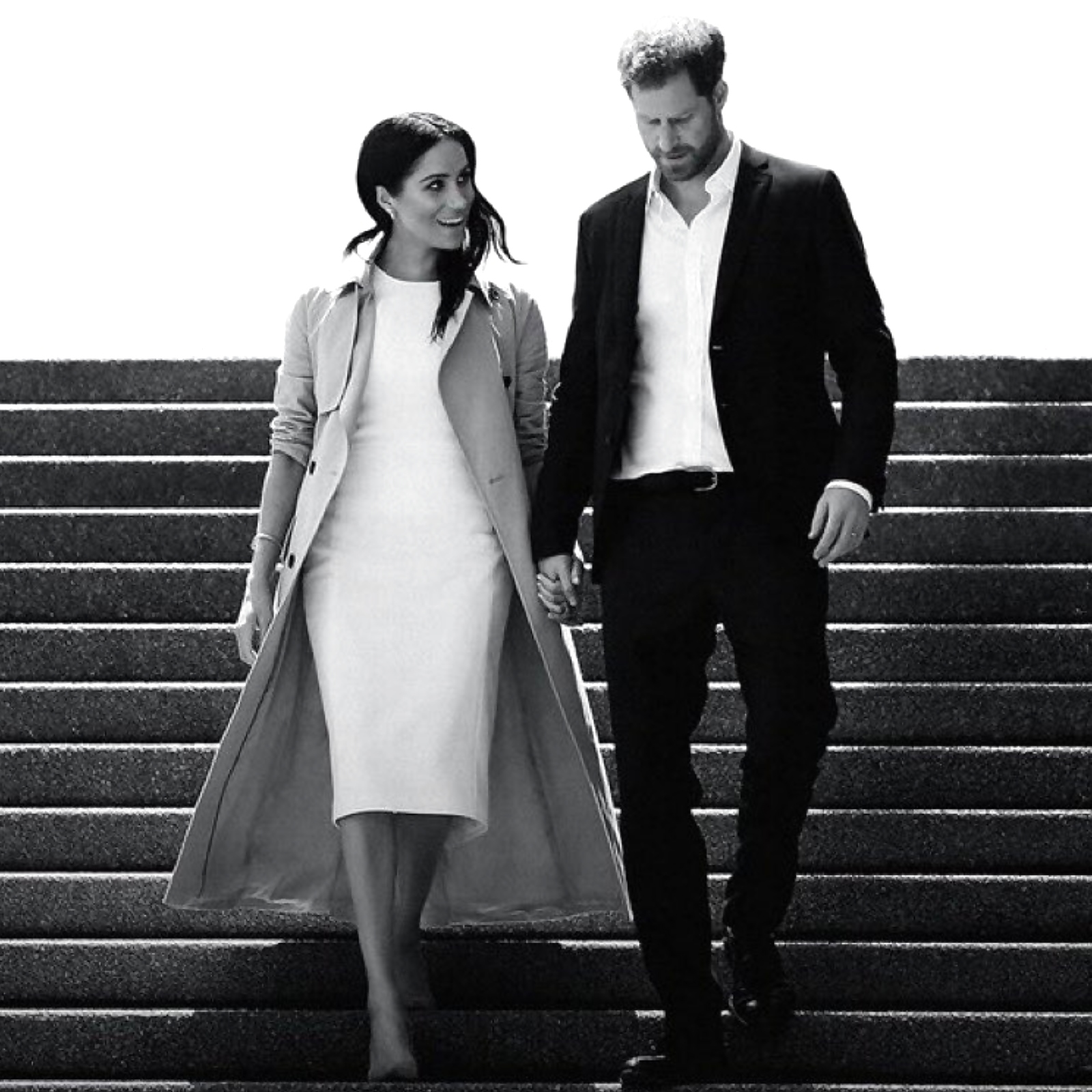
According to Harry, the “race element” made their situation different from what other members of the royal family had encountered with the press.
“What people need to understand is, as far as a lot of the family were concerned, everything that she was being put through, they had been put through as well, so it was almost like a rite of passage, and some of the members of the family were like, ‘My wife had to go through that, so why should your girlfriend be treated any differently? Why should you get special treatment? Why should she be protected?,’ ” he said. “I said ‘The difference here is the race element.’ ”
Doria Ragland, Meghan’s mother, stated in the series that she told Meghan that the negative treatment she received in the British press was due to her race.
‘She Reminds Me of My Mom, Diana’
Meghan, who has two children with Harry, is seen in one video holding a baby and showing them a framed picture of Harry’s mother Diana, whom she refers to as “Grandma Diana.”
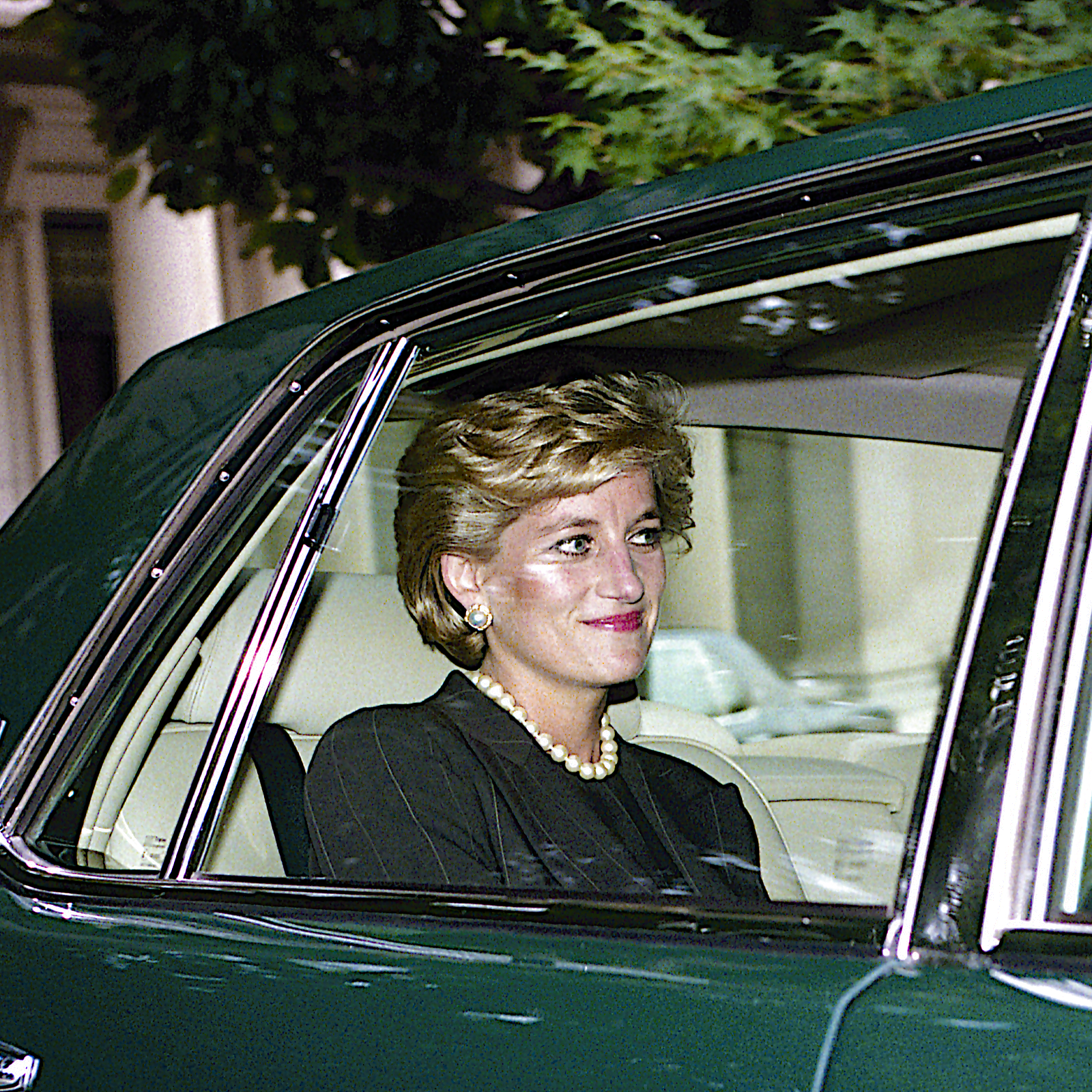
Later, Harry discussed the parallels he sees between his wife and his mother.
“So much of what Meghan is and how she is reminds me of my mother,” Harry said. “She has the same compassion, empathy, confidence, and warmth about her.”
Who is the Villain in the Story?
At least in the first three available episodes of “Harry & Meghan,” the greatest villains are not members of the British royal family, as many expected, but London’s newspaper publishers, whom the couple accuse of hounding them, especially Meghan, out of remorseless greed and scarcely concealed racism, a report by New York Times explains.
“This has always been so much bigger than us,” Harry says of the poisonous tensions that led the couple to break with the House of Windsor in 2020 and move to Southern California. “We know the full truth. The institution knows the full truth and the media knows the full truth because they’ve been in on it.”
Not only in on it, Harry seemed to suggest, but also primarily responsible for it. Again and again, “Harry & Meghan” returns to the culpability of the news media, which he said stalked his mother, Diana, Princess of Wales, to her death and then turned its gimlet-eyed gaze on his new wife, an American-born biracial actor.
There was vivid old footage of Diana’s pleading with photographers to leave her boys alone during a ski vacation. There was fresh video of Harry and Meghan being driven through New York, peering nervously out the windows of their SUV for paparazzi pursuing them as they had once pursued his mother.
There was also a sense of how carefully the couple choreographed their new lives, from the selfie videos they recorded just after the split with the family to the texts they exchanged in the early bloom of their romance.
The newspapers reacted with predictable scorn. “Netfibs,” declared Rupert Murdoch’s Sun on its website, pointing out supposed inconsistencies in their story. The Times of London said, “William and Kate can breathe easy — for now, it’s all the media’s fault.”
“Palace Fury at Megflix,” the Daily Mail said, although just how choleric the royal family was is open to debate. The Daily Express said the family was breathing a “huge sigh of relief as Harry and Meghan’s Netflix show backfires.”
Buckingham Palace had no public response to the film; a palace official said that the filmmakers did not reach out to King Charles III, Prince William or any other member of the royal family for comment. That contradicted an on-screen message at the start of the first episode, which said, “Members of the Royal Family declined to comment on the content within the series.”
An executive at Netflix said the filmmakers contacted communications representatives for Charles and William. The palace’s claim got shakier when officials there later acknowledged receiving emails from someone with a production company. Unable to verify that person’s identity, they did not respond, according to the officials, who spoke on the condition of anonymity, in keeping with palace protocol.
The sniping was a sideshow, given that the first episodes of “Harry & Meghan” touch only glancingly on the behavior of the royal family (the last three episodes will stream next Thursday and are likely to be more focused on the family since they will cover the couple’s rancorous split from the rest of the royals).
Meghan described her first meeting with William and his wife, Catherine, as stiff and formal, something she initially chalked up to the British character. Harry said family members were unsympathetic to the unsparing attention Meghan got from the tabloids after she began dating him.
“The difference here is the race element,” he said.
With inputs from the New York Times
Read all the Latest Explainers here














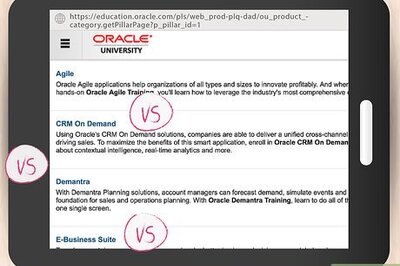

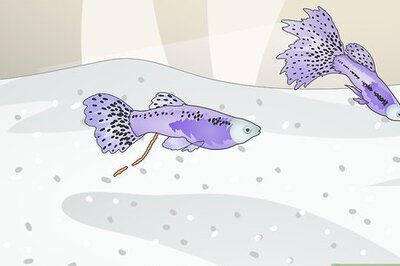

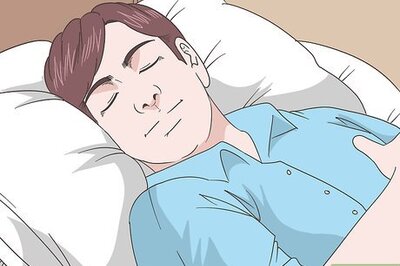
Comments
0 comment